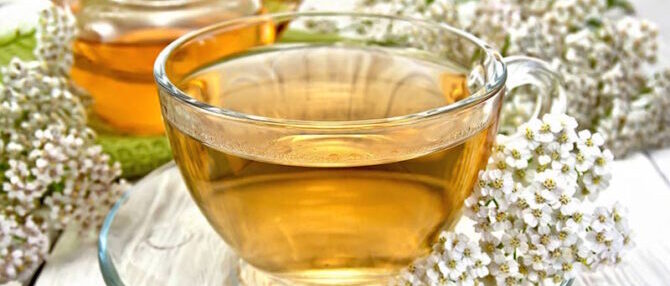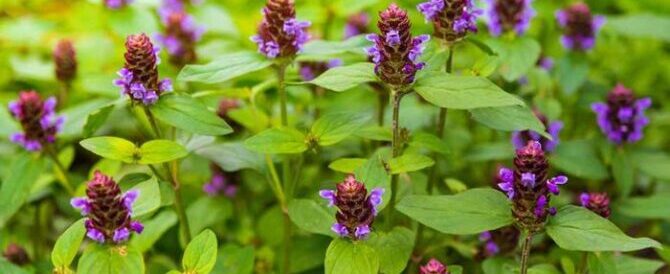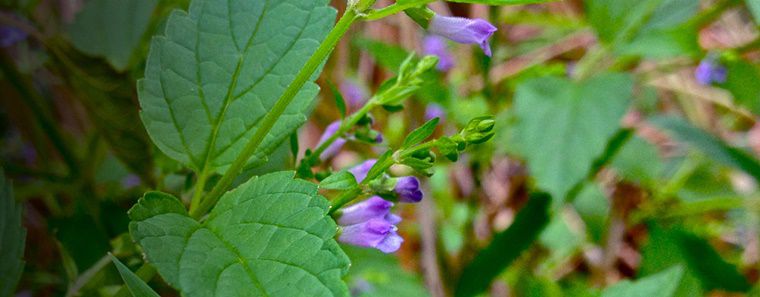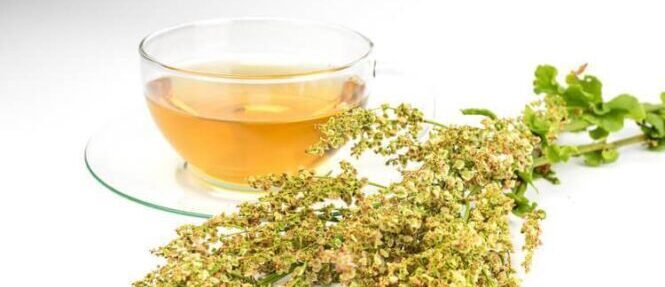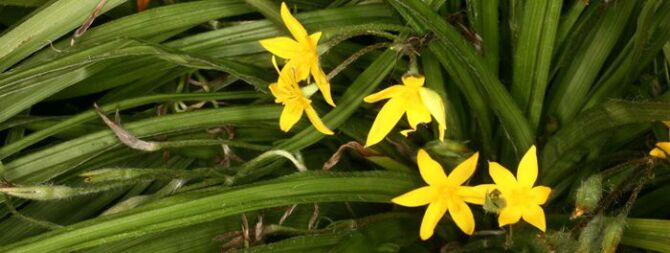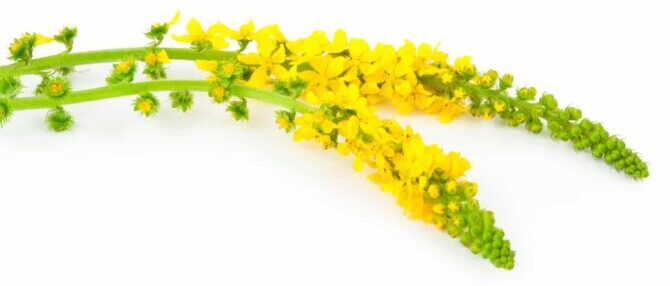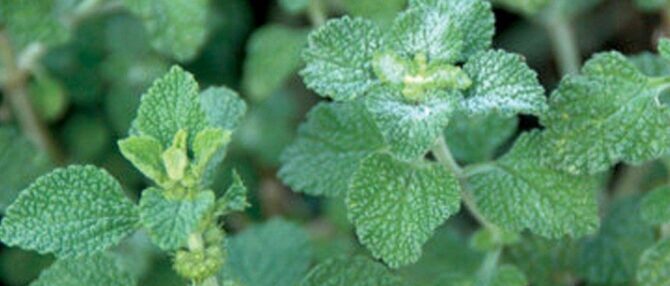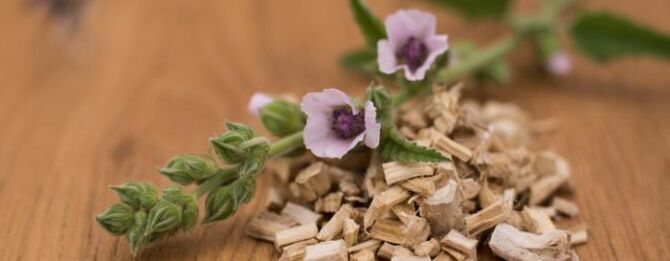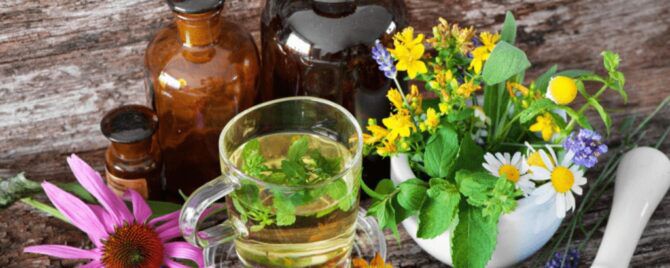Herbal Remedies
Yarrow Medicinal Uses
Yarrow (Achillea millefolium), is also commonly known as achillea, bloodwort, carpenter’s weed, devil’s nettle, nosebleed, old man’s pepper, staunchweed, thousand-leaf, and wound wort. Used as a medicinal herb for thousands of years, Yarrow Medicinal Uses is well known throughout history in the traditional medicine systems of many ancient cultures.
Yarrow is an aromatic perennial herb with white or pinkish flowers (early summer to autumn) and slightly hairy bipinnate leaves, 2-10cm long, divided into fine leaflets.
Yarrow Medicinal Uses Overview
Due to its styptic and antimicrobial properties, it is known for its ability to stop bleeding (when applied directly to a wound), prevent infection, and aid blood circulation when taken internally. Long considered by herbalists to be a “blood moving herb,” yarrow has been used to stimulate blood circulation and lower blood pressure. Yarrow is also beneficial in the treatment of a range of other ailments.
- Native American herbal medicine makes extensive use of yarrow. Among the Micmac people of Maine, New Brunswick, and Nova Scotia, the stalk was chewed or stewed to induce sweating to “break” fevers and colds.
- They also pounded the stalks into a pulp to be applied to bruises, sprains, and swelling.
- The crushed leaves are an astringent (stops bleeding) and helps cuts heal.
- Legend has it that the Greek god Achilles used it for healing his soldiers after battle.
- It is also said to reduce inflammation, increase perspiration, relieve indigestion and has diuretic effects.
- Yarrow also lower fevers, induce sweating, stop cramps, encourage menstruation, relieve inflammation, and stimulate the release of stomach acid to digest proteins and fats.
- The herb is taken internally to treat colds, fevers, and indigestion, and used in skin treatments of slow-healing wounds.
Cautions: Avoid in pregnancy due to possible uterine stimulating effects. Large internal doses may cause headaches. Prolonged external use may cause skin irritation in some.
Yarrow Herbal Preparations and Uses
Parts Used: Roots, Leaves and Flowers, both fresh and dried.
- Tea – Used internally to treat colds, fevers, and indigestion, and used in skin treatments of slow-healing wounds.
- Infused Oil – A useful treatment for wounds, inflamed muscles, and bruises.
- Tincture – Used in a spray bottle to help in the treatment of topical injuries.
- Poultice & Salves – To relieve pain, and help to heal wounds and injuries of various types.
- Powder – Used as a styptic powder.
Yarrow Herbal Recipes
Yarrow Tea – Drinking yarrow tea is claimed to improve conditions such as digestive issues, fever, high blood pressure, and menstrual disorders. Alternatively, you can apply it on wounds and skin rashes to accelerate their improvement.
You can use dried yarrow flowers and leaves to make tea following this recipe:
- Add 1-2 teaspoonfuls of dried yarrow to 1 cup (about 240 ml) of boiling water
- Let it infuse for 5-30 minutes
- Strain and drink hot
Yarrow Tincture – Drinking water with a few drops of yarrow tincture is claimed to improve menstrual disorders, digestive issues, and blood flow.
You can make a yarrow tincture yourself by infusing fresh or dried yarrow flowers and leaves in alcohol as follows:
- Mix 1 part of chopped fresh yarrow with 2 parts of high-proof alcohol (80º or higher) or 1 part of dried yarrow with 5 parts of liquor (e.g., vodka)
- Cover and allow to infuse in the dark for 2-8 weeks shaking every few days
- Strain and store in a dark glass bottle
Disclaimer
Medicinal Information:
All medicinal information on this website is for educational and informational purposes only and may not be construed as medical advice. The information is not intended to replace medical advice or treatment offered by healthcare professionals.
Seeds, Plants, Plant Cuttings, Geophytes and Dried Herbs:
In some countries and provinces, certain plants are deemed as invasive and are not allowed to be planted at all, whilst some plants are allowed to be grown only in certain areas or provinces. The onus is on you as the buyer to familiarize yourself with the regulations pertaining to your location, before purchasing any of our seeds, plants, plant cuttings, geophytes or dried herbs. We will not be held liable, should you purchase any seeds, plants, plant cuttings, geophytes or dried herbs. from us which are prohibited in your country or province.

